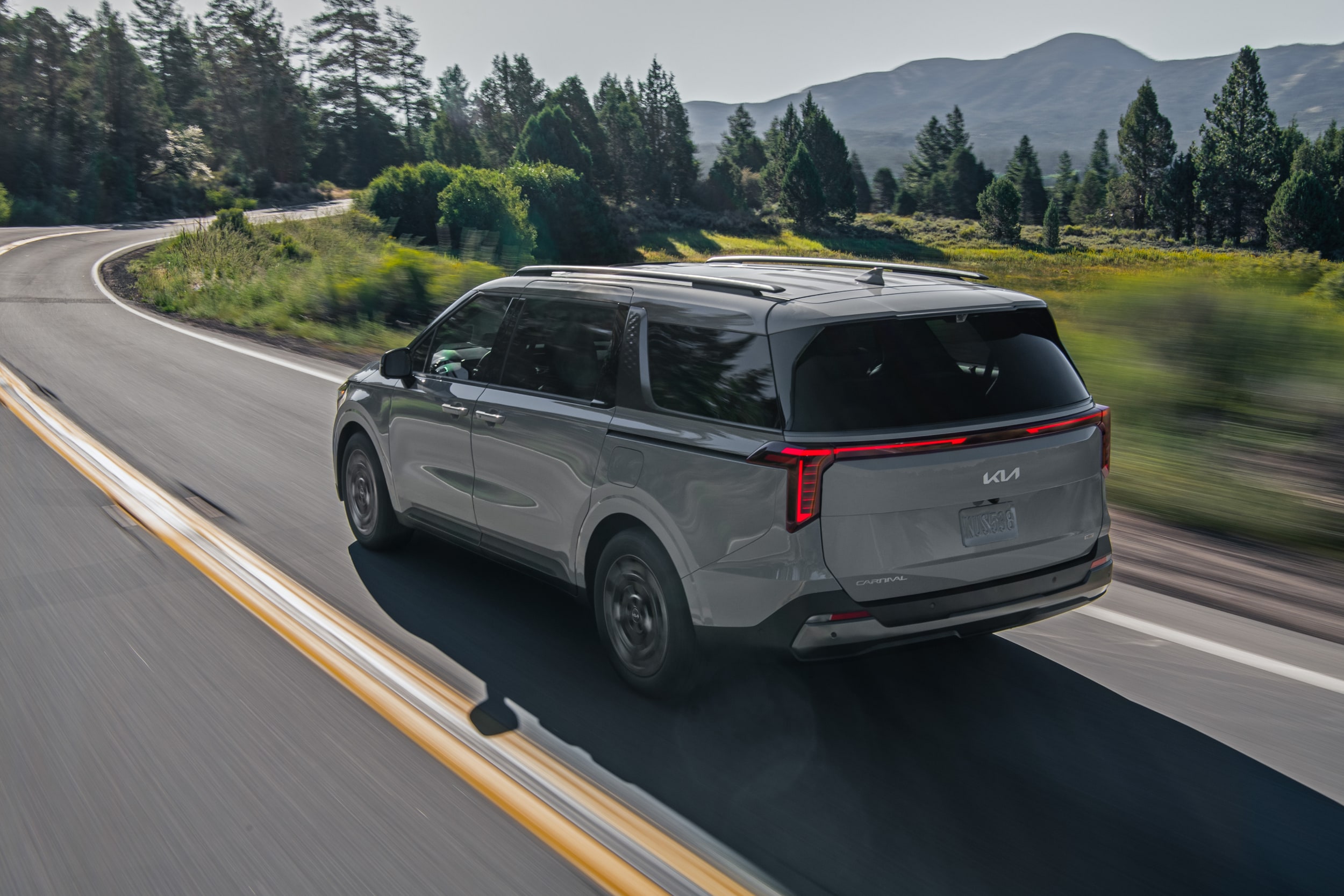Throughout its history, the Kia Carnival has grown into a cornerstone of the minivan market, delivering practicality, reliability, and style to families and businesses. From its inception through to the 2025 model, the Kia Carnival has experienced considerable evolutions in design, technology, and performance. This article takes a deep dive into the history and evolution of the Kia Carnival, highlighting key milestones in its journey.
Introduction to the Kia Carnival's Legacy
Referred to as the Kia Sedona in some areas, the Kia Carnival has created a legacy as a top minivan in its segment. Introduced in the late 1990s, the Carnival has regularly evolved to address the requirements of today’s families and the evolving automotive sector. This evolution showcases Kia's focus on innovation, quality, and ensuring customer satisfaction.

Debut of the First Generation and Its Reception
The inaugural Kia Carnival was introduced in 1998 in South Korea, representing Kia's foray into the minivan category. Its design focused on providing a family-oriented vehicle with ample seating, useful features, and an affordable price. The initial reception of the first-generation Carnival was positive, praised for its affordability and reliability, appealing to families seeking a budget-friendly minivan.
Despite its positive reception, the Carnival encountered strong competition from established models such as the Honda Odyssey and Toyota Sienna. Nonetheless, Kia rapidly built momentum by providing more features at a competitive price, laying the groundwork for the Carnival’s future achievements.
Significant Changes in Later Generations
Throughout its history, the Carnival has undergone multiple significant updates, shaping it into today’s model. Every generation introduced enhancements in design, performance, and features to align with evolving consumer needs.
Second Generation (2006-2014): In the second generation (2006-2014), the Carnival received a more modern design and upgraded safety features, including side-curtain airbags and stability control. This generation helped the Carnival solidify its reputation as a dependable and affordable family vehicle.
Third Generation (2014-2020): With the third generation (2014-2020), the Carnival underwent a major redesign. The Carnival now featured a sleeker exterior, a luxurious interior with premium finishes, and advanced technological features including touchscreen infotainment systems, Bluetooth, and state-of-the-art driver-assistance technologies.
Progress in Design and Technology
The advancement of design and technology has been central to the Carnival's development. With each generation, Kia has focused on enhancing both the interior and exterior of the minivan, while also incorporating new technology to improve the driving experience.
Interior Features: The Carnival’s interior has transitioned from simple and practical to sophisticated and luxurious over the years. The third-generation model brought enhancements such as high-quality materials, bigger touchscreens, an intuitive infotainment interface, and advanced connectivity features like Apple CarPlay and Android Auto.
Exterior Design: The exterior design of the Carnival has also progressed from a more traditional minivan look to a more sleek and stylish appearance. The 2025 model continues this trend with bold lines, a modern grille, and an overall design that stands out in the minivan segment.
Technology Innovations: Technological progress is evident in the Carnival’s advanced driver-assistance systems, smart cruise control, surround-view cameras, and device wireless charging.
These innovations have played a key role in keeping the Carnival at the forefront against other minivans in its class.
Market Performance and Sales Milestones
Over the years, the Carnival has consistently achieved strong sales. Its spaciousness, comfort, and excellent value have made the Carnival a top choice for families.
Kia has continuously updated the Carnival to stay competitive in the crowded minivan market, and it has paid off with consistently strong sales in North America, South Korea, and other international markets.
Additionally, the Carnival has increased its footprint in fleet sales, as businesses value its versatility and ample cargo space. The model’s ability to adapt to various needs has made it a popular choice for both personal and commercial use.
What the 2025 Model Brings to the Carnival Lineup
With the 2025 model, the Carnival builds on its previous successes, adding a range of new and exciting features. The focus of this model is to provide a more refined experience, including enhanced performance, a bigger infotainment display, and the newest driver-assist technologies. The 2025 version demonstrates Kia’s dedication to improving the minivan experience, ensuring it remains affordable and practical.
Notable improvements include a more powerful engine, enhanced ride quality, and a more luxurious cabin with upgraded materials. Moreover, the 2025 Carnival integrates advanced technological features such as wireless connectivity, smart parking assist, and comprehensive safety systems like blind-spot monitoring and rear cross-traffic alert.